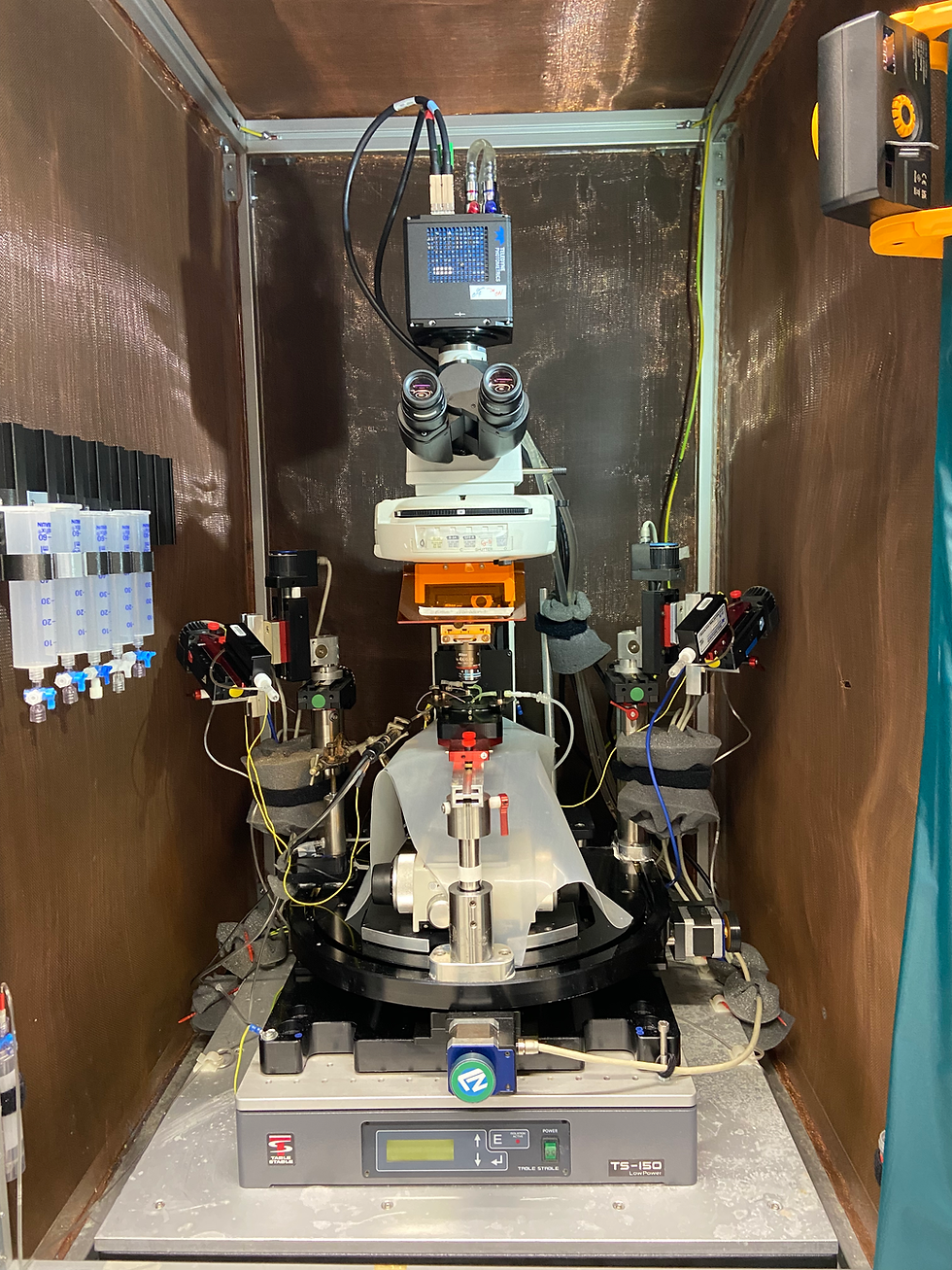David Hockney
- Naoki Kogo
- Mar 23, 2024
- 2 min read
Updated: Jun 1, 2024

The space as we perceive is distorted*. This means that when we see things, they are not represented as it is in our non-Euclidian space.
Do you have any experience where you see something beautiful and you take a photo of it and you look at it and it looks boring? It lost the vivid beauty that excited you when you decided to take the photo. One of the reasons could be that it looks "flat".
Once I talked to a teacher at an art school. She told me that when she gives an assignment to her students to draw a scenery (of a city, neighbourhood, or in a wood), and when some of them did not bother to go out to draw it and instead drew one by copying a photo, she could often tell that. She said that the drawing looks "flat".
15th-century artists used, according to David Hockney and other scholars, "camera lucida" to accurately reproduce the physical dimension of what is out there. David Hockney revived this method to "perfectly" reproduce the sceneries.
HOWEVER....
He eventually gave up the method. He felt the results were boring ("flat"). He completely abandoned the approach and started paintings such that they reproduced the mental representation of what he saw. To reproduce the vivid sensation when you are immersed in woods and standing in front of a large building, you have to reproduce the distorted space**.
This was the beginning of his journey to come up with so many creative approaches to produce his new series of artworks.
The results, in my opinion, were spectacular such as the one shown above.
Art is about us, (re-)evoking our sensations, perceptions, and emotions. Space has to be non-Euclidian to reproduce our mental images, the perspective should be reversed so that we are the centre of the world. And surrealism expresses non-reality aiming at reproducing our emotion.
Just as David Hockney said, in the conventional one-perspective drawing, the god is "there" at the vanishing point, while in the reverse-perspective drawing, gods are "here".
*Pepperell, R and Haertel, M. (2014). Do artists use linear perspective to depict visual space? Perception, 43(5), pp. 395-416
Koenderink, J., van Doorn, A., Pinna, B., & Pepperell, R. (2016). On right and wrong drawings, Art & Perception, 4(1-2), pp. 1-38.
**David Hockney, "A Bigger Picture" (DVD)





Comments